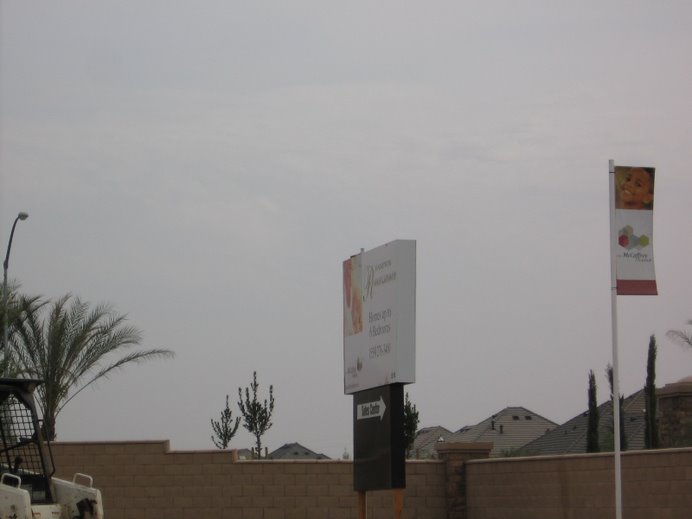An old Fig Garden home tour allowed me to know more about some great homes that I have seen in the area bounded by Shields, Shaw, Blackstone and Fruit avenues. I have come to find out through the presentation by Archivist and history professor Kevn Enns-Rempel and long-time real estate agent Paula Conner, that this is one of Fresno's most unique communities. On this home tour, there were five houses in Old Fig that were constructed between 1920 and 1948. The homes included the 711 E. Ashlan Ave. built for Sen. Morris B. Harris; a 1937 house on Wilson Avenue constructed by Gareth Gillis of Sterling Laundry; a 1933 colonial Revival on Van Ness Boulevard that has original windows and an H floor plan. It was built for businessman Leon Levy and his wife, Elizabeth Levy.
Archivist and history professor Kevin Enns-Rempel's presentation and the homes tour made me realize that the story of Old Fig Garden is very important to Fresno City's development. It is also the story of a visionary, a giant, a very important man named J.C. Forkner. He was a one-time lawyer from Kansas who turned to real estate development. Fresno will see many other people who try to follow in his footsteps. He knew what he was doing. He had the experience to back it up. He started developing property in Kansas where he began settling people on foreclosed farms after the panic of 1893. Then, he moved to Los Angeles in 1900 and continued to make land deals in the Central Valley, specially Bakersfield. He started pouring over information in the Fresno Historical Society. He became convinced that Fresno would become the largest city in the San Joaquing Valley. So he started buying 12,000 acres of hardpan and hog wallow north of downtown where he spent $8 million developing home sites. He impacted development in Fresno on a major scale. He had built 135 miles of lateral ditches and twenty-five miles of canals to carry water to his property that later became Old Fig Garden.
J.C. Forkner did something else. He bought 46 Fordson tractors to level the land. Henry Ford was so impressed by this purchase that he decided to drive to Fresno in his Model T to check out the work. Forkner's workers used 660,000 pounds of dynamite to blast holes through the hardpan so that 600,000 fig trees could be planted. Eventually, he had the world's largest fig orchard. His field workers also planted 60,000 deodar cedars, oleander and eucalyptus along the nime-mile stretch of Van Ness Boulevard and all the way to the San Joaquin River. Mr. Forkner found some resistance and criticism from the Fresno Chamber of Commerce which condemned the project as worthless. He was accused of being a "swindler." All he did was to convince buyers to buy 10 to 40 acres of land to build homes and grow figs for profit. That was a good offer. Fig Garden took decades to build. All the homes had different styles. Here are a few styles you may run into: Period revival, bungalows, adobe and ranch can be found in Old Fig Garden. Many of the homes have libraries, sitting rooms, basements, leaded windows and other features common in those days.
In his presentation, Mr. Enns-Rempel highlighted the role of the sprawling single-story ranch-style house. It played a significant role in the development of the neighborhood. The ranch-style house was oriented toward the backyard instead of the front. This style took shape in the '30s and quickly became the style of choice of developers in post World War II.
HaitianCreoleMP3 Press, KouteKreyol Multimedia Press and
SakPaseLearnHaitianCreole Publishing Released New Haitian Creole Books
-
*Purchase Your Copies of These Books Below or by cliicking on these buttons*
*Kreyol Pou Timoun....*
[image: Support independent publishing: Buy this...
13 years ago






